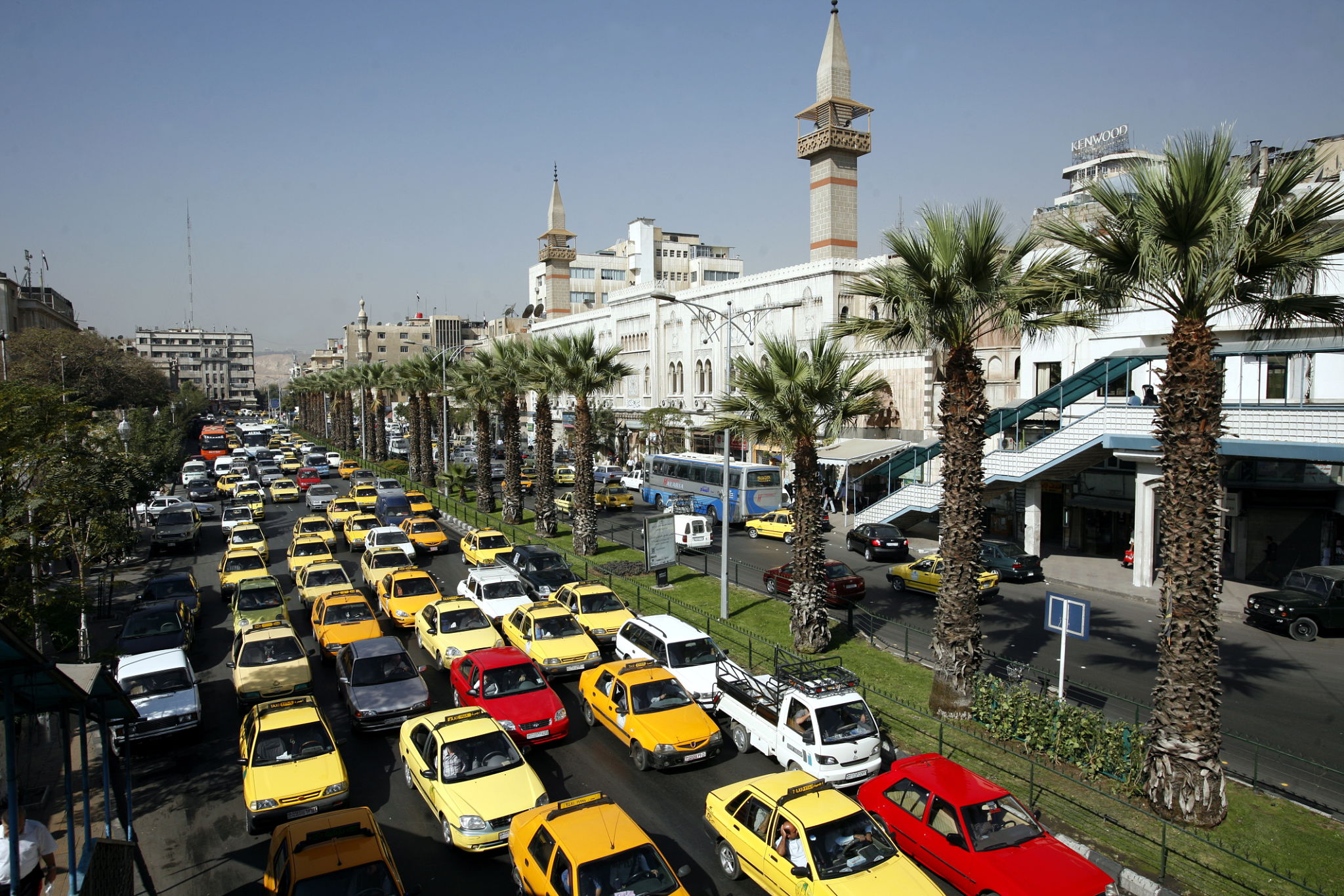Seasonal Traffic Patterns in Damascus: How to Navigate During Peak Times
Understanding Seasonal Traffic Patterns in Damascus
Damascus, with its rich history and vibrant culture, is a city that attracts both locals and tourists throughout the year. However, navigating its streets can become particularly challenging during peak traffic times, which tend to fluctuate with the seasons. Understanding these patterns is essential for anyone looking to travel efficiently in this bustling city.
The capital city experiences a marked increase in traffic during certain times of the year due to various factors such as holidays, festivals, and weather conditions. By identifying these patterns, residents and visitors can plan their commutes better and avoid unnecessary delays.

Peak Traffic Seasons
One of the most significant causes of seasonal traffic spikes in Damascus is religious and cultural events. During holidays such as Ramadan and Eid, there is a noticeable influx of people on the roads. Families visit each other more frequently, and shopping districts see increased activity as people prepare for celebrations.
Moreover, the start of the academic year in September also contributes to increased traffic as parents and students adjust to new routines. Schools reopening means more vehicles on the road during morning and afternoon hours, which can extend travel times.

Weather-Related Traffic Changes
Weather can also impact traffic patterns in Damascus. During the winter months, heavy rains can lead to slower driving conditions and occasional flooding in certain areas. This often results in longer commute times and requires drivers to exercise extra caution on the roads.
In contrast, the summer months might see a slight reduction in traffic as families take vacations away from the city. However, this is counterbalanced by an uptick in tourists visiting historical sites, which can lead to congestion around popular attractions.

Tips for Navigating During Peak Times
To navigate effectively during peak traffic times, consider these strategies:
- Plan your route: Use navigation apps to find alternative routes that might be less congested.
- Avoid rush hours: If possible, schedule your trips during off-peak hours to minimize time spent on the road.
- Public transportation: Consider using buses or trains that can bypass some of the traffic jams typically encountered on main roads.
Additionally, staying informed about local events through media outlets or community boards can help you anticipate traffic increases and plan accordingly.
Conclusion
Understanding and adapting to seasonal traffic patterns in Damascus can significantly enhance your commuting experience. By being aware of when and why these patterns occur, you can make informed decisions about when to travel and which routes to take. This knowledge not only saves time but also reduces stress associated with navigating busy streets.
With a little foresight and planning, you can enjoy all that Damascus has to offer without getting caught in the city's notorious traffic snarls.